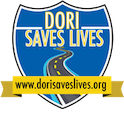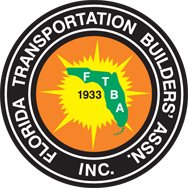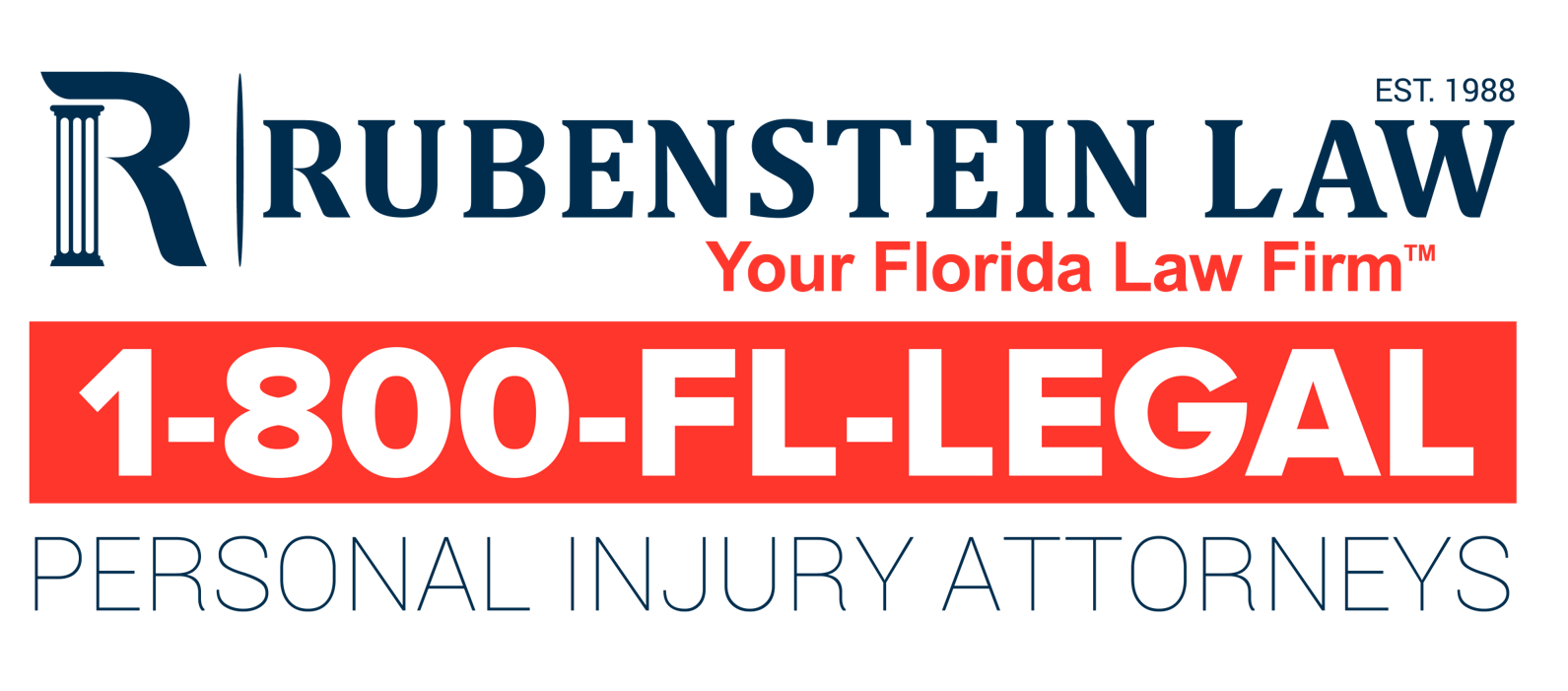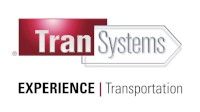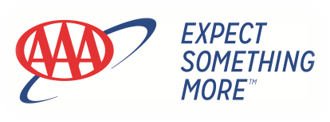Do you drive with children or young adults?
If you drive with children or young adults, you carry an extra responsibility.
When used the correct way, car seats and seat belts offer the best protection for children and adults who are traveling in motor vehicles. All 50 States, as well as Washington, DC, and Puerto Rico, require that children be properly secured in a car seat or seat belt, as appropriate for their age and size. Most States also require that motorists and adult passengers be properly buckled in a seat belt.
Although the vehicle user manual and car seat instructions will provide the best information, the following guidelines will help you to decide if the young people you are transporting are traveling safely. And don’t forget, the back seat is the safest place for children 12 and under in a vehicle.
- Birth to 12 Months – Your child under age 1 should always ride in a rear-facing car seat. There are different types of rear-facing car seats: Infant-only seats can only be used rear-facing. Convertible and 3-in-1 car seats typically have higher height and weight limits for the rear-facing position, allowing you to keep your child rear-facing for a longer period of time.
- 1 to 3 Years – Keep your child rear-facing as long as possible. It’s the best way to keep him or her safe. Your child should remain in a rear-facing car seat until he or she reaches the top height or weight limit allowed by your car seat’s manufacturer. Once your child outgrows the rear-facing car seat, your child is ready to travel in a forward-facing car seat with a harness.
- 4 to 7 Years – Keep your child in a forward-facing car seat with a harness until he or she reaches the top height or weight limit allowed by your car seat’s manufacturer. Once your child outgrows the forward-facing car seat with a harness, it’s time to travel in a booster seat, but still in the back seat.
- 8 to 12 Years – Keep your child in a booster seat until he or she is big enough to fit in a seat belt properly. For a seat belt to fit properly the lap belt must lie snugly across the upper thighs, not the stomach. The shoulder belt should lie snug across the shoulder and chest and not cross the neck or face. Remember: your child should still ride in the back seat because it’s safer there.
To have your car seat inspected by a certified technician, visit www.safercar.gov/cpsApp/cps/index.htm.
For many older adults, driving is a sign of independence. While most senior citizens want to keep driving for as long as they can, no one wants to be a threat to themselves or to others because they are no longer able to drive safely. Self-awareness—both physical and mental—is the key to preserving independence and to driving safely.
Don’t forget:
When you are driving or riding in a car, always wear your seat belt. Make sure that every person who is riding with you is also buckled up.
